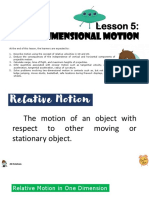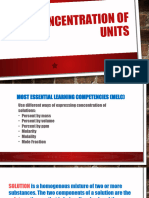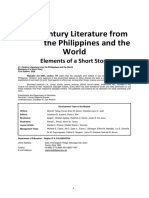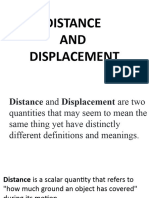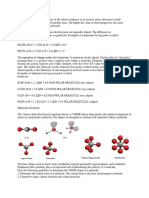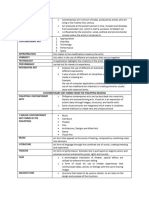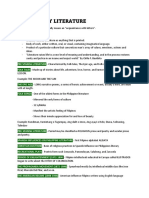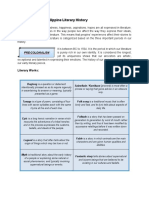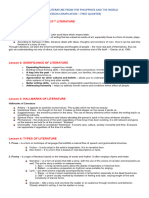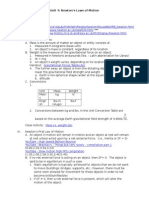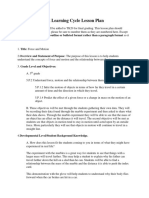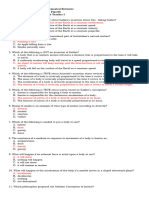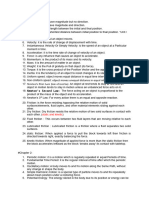0% found this document useful (0 votes)
253 views12 pagesGen Physics Module 4 Week 4
This document contains a lesson plan on Newton's Laws of Motion for a class taught by James Paul A. Acuña. The lesson objectives are to define inertial frames of reference, identify action-reaction pairs, draw free-body diagrams, apply Newton's First Law to analyze forces in equilibrium, and differentiate between static and kinetic friction. The lesson discusses Newton's Three Laws of Motion - Inertia, Acceleration, and Action-Reaction. It provides examples of inertial frames, free-body diagrams, static equilibrium, and friction. Practice problems are included to illustrate applying the concepts.
Uploaded by
Alyssa MarzanCopyright
© © All Rights Reserved
We take content rights seriously. If you suspect this is your content, claim it here.
Available Formats
Download as DOCX, PDF, TXT or read online on Scribd
0% found this document useful (0 votes)
253 views12 pagesGen Physics Module 4 Week 4
This document contains a lesson plan on Newton's Laws of Motion for a class taught by James Paul A. Acuña. The lesson objectives are to define inertial frames of reference, identify action-reaction pairs, draw free-body diagrams, apply Newton's First Law to analyze forces in equilibrium, and differentiate between static and kinetic friction. The lesson discusses Newton's Three Laws of Motion - Inertia, Acceleration, and Action-Reaction. It provides examples of inertial frames, free-body diagrams, static equilibrium, and friction. Practice problems are included to illustrate applying the concepts.
Uploaded by
Alyssa MarzanCopyright
© © All Rights Reserved
We take content rights seriously. If you suspect this is your content, claim it here.
Available Formats
Download as DOCX, PDF, TXT or read online on Scribd
/ 12








